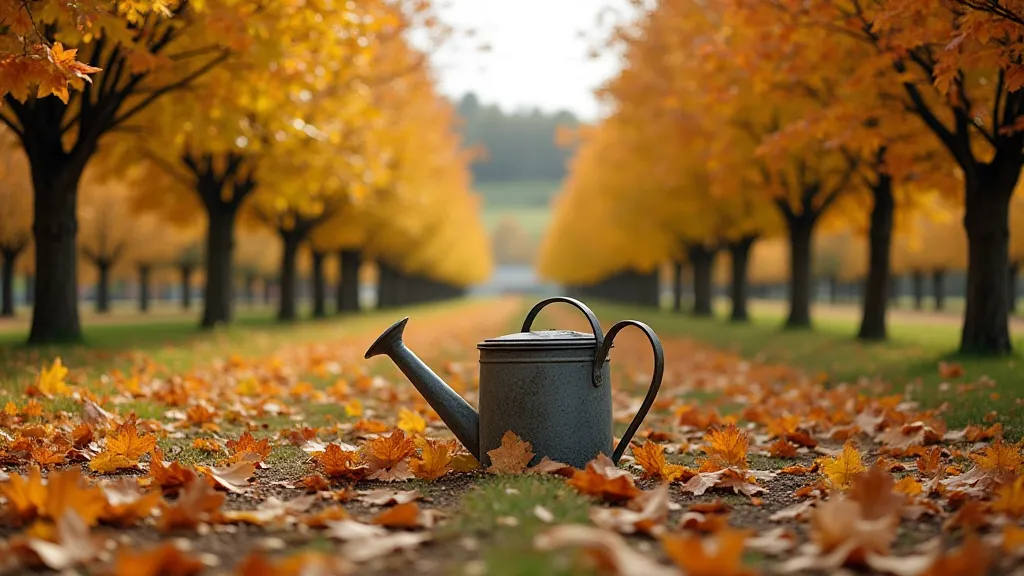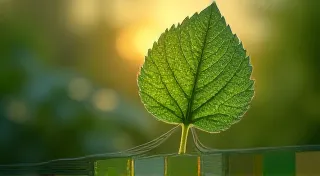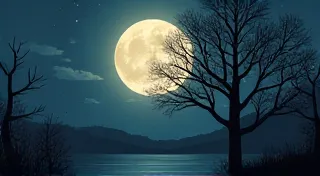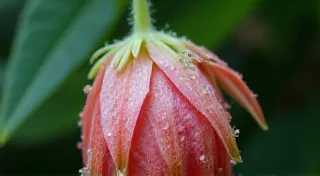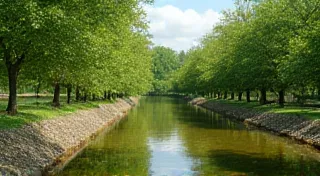The Gilded Thorn: Challenges and Rewards of Rare Fruit Cultivation
There's a certain romance associated with orchards. Images of sun-dappled rows, laden with fruit, evoke a sense of timeless abundance and rustic charm. But the reality of fruit growing, particularly when venturing beyond the familiar apples and peaches, is far more intricate, a delicate dance between passion, patience, and a healthy dose of problem-solving. My own journey into the world of unusual fruits began, surprisingly, with an old accordion. My grandfather, a taciturn man of few words, left me his 1920s Italian concertina. The craftsmanship was astonishing – the gleaming bellows, the intricately engraved keys, the weight of the solid wood. It sparked in me an appreciation for things made with care, with a deep understanding of materials and the art of bringing beauty into being. Growing unusual fruits, I discovered, demanded a similar respect for the craft.

Beyond the Familiar: A World of Fruit
We’ve all tasted the supermarket's predictable offerings: the Crimson Delicious, the fuzzy peach, the standard-issue banana. But consider the Jabuticaba, a Brazilian grape that fruits directly on the trunk and branches, yielding hundreds of dark, juicy orbs. Or the Buddha's Hand citron, a curiously shaped citrus fruit resembling a clenched fist. These are just glimpses into a world of botanical treasures, many of which are heirloom varieties passed down through generations, each carrying a story of its own. The sheer variety is astounding, and the quest to understand each plant's specific needs becomes a compelling, lifelong pursuit. You begin to appreciate that successful cultivation isn't just about planting a tree; it’s about understanding its history, its environment, and its potential.
My initial ambition was grand: a sprawling orchard filled with exotic delights. I envisioned elaborate tastings, impressing friends and family with my horticultural prowess. The reality, as it often does, proved considerably more humbling. The internet, while a font of information, can also be a minefield of contradictory advice. What thrived for one grower in a specific microclimate might wither for another, despite meticulous attention to detail. I learned that 'unusual' isn't synonymous with 'easy'. It's often a euphemism for 'demanding' and 'temperamental'. It also highlighted the ephemeral nature of some harvests; witnessing a short window of peak ripeness and flavor underscored the importance of embracing the fleeting beauty of nature, something I later explored in more detail while researching the art of harvesting time-sensitive fruits.
The Challenges: Soil, Climate, and the Unexpected
Growing unusual fruits often means battling against the odds. Many of these varieties are not naturally suited to our temperate climates. They may require specific soil pH levels, specialized pruning techniques, or protection from harsh winters. The Jabuticaba, for example, thrives in acidic soil and needs consistent warmth. My initial attempts to grow one in my slightly alkaline soil were disastrous, resulting in a stunted and unproductive tree. It took extensive soil amendments and the eventual grafting onto a more tolerant rootstock to finally achieve success. The challenges extend beyond just the basic growing conditions; there’s the artistry involved in shaping a productive and aesthetically pleasing orchard, something I've reflected on while considering the poet’s graft—a unique blend of artistic vision and orchard design. Maintaining the health of the orchard and addressing common issues requires a considered approach, one often covered in detail in discussions surrounding the fruit’s shadow and holistic pest control approaches.
Pests and diseases present another hurdle. Common orchard pests often show a particular fondness for unusual fruits, perceiving them as novel and appealing targets. Furthermore, many heirloom varieties haven’t been bred for disease resistance, making them more vulnerable to fungal infections and infestations. Organic pest control methods, while desirable, often require diligent monitoring and intervention. I’m continually learning about beneficial insects and companion planting to create a more balanced and resilient ecosystem. The complexity of a successful orchard is something akin to composing a symphony; each element must play its part in harmony.
Then there's the issue of pollination. Some unusual fruits have complex pollination requirements, necessitating specific pollinators or even hand-pollination. The pawpaw, a North American native, produces flowers that are notoriously unappealing to most bees, making cross-pollination a frustratingly manual process. This frustration also led me to deeply consider the historical context of food traditions and the creative ways people have found to utilize unusual ingredients, something I'm exploring more fully through reimagining fruit-based recipes and culinary traditions.
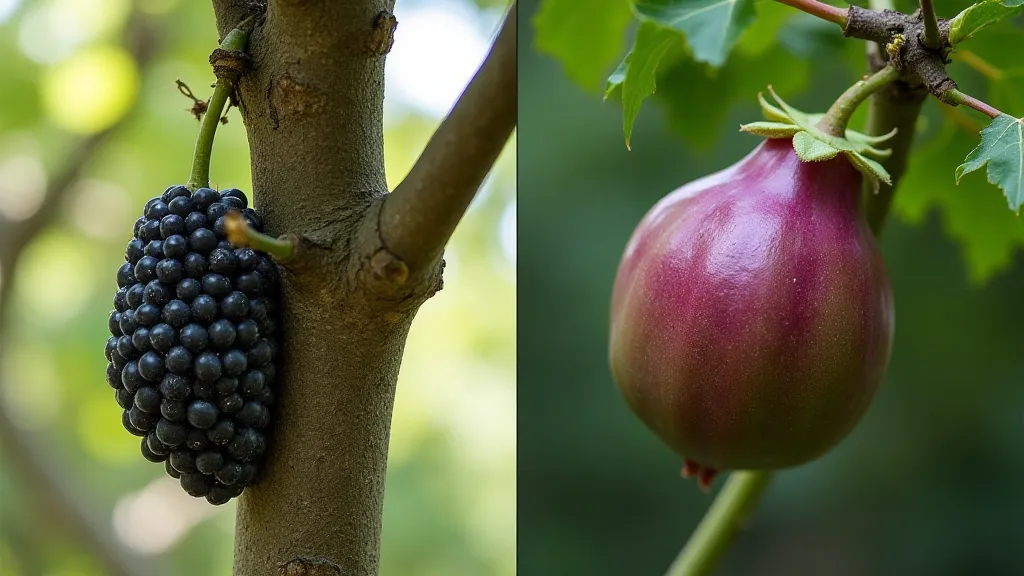
The Rewards: Taste, History, and Connection
Despite the challenges, the rewards of growing unusual fruits are immeasurable. There's a profound satisfaction in nurturing a plant that’s often overlooked or forgotten, preserving a piece of horticultural history. Each fruit carries a story – a connection to a specific place, a particular culture, a bygone era. The taste, often dramatically different from anything found in a supermarket, is a revelation. The intense sweetness of a ripe Ugli fruit, the subtle floral notes of a White Sapote, the refreshing tang of a Feijoa – these are experiences that transcend mere sustenance. These flavors offer a profound link to the cultures and climates that nurtured them. The entire endeavor becomes more than just cultivation; it’s a form of cultural preservation.
The act of sharing the harvest with friends and family is also deeply fulfilling. Seeing their faces light up as they taste something new, something unique, is a reminder of the power of food to connect us. It’s a chance to share not just the fruit, but also the stories behind it, the struggles and triumphs of the growing process. My grandfather’s accordion, carefully restored and occasionally played, evokes a similar sense of connection—to a lineage of craftsmanship and artistry. It also reinforces the importance of maximizing sunlight to ensure a bountiful yield; understanding solar exposure is key, a principle I'm expanding upon in exploring the sunstone orchard and how to maximize solar exposure for abundant fruit.
Lessons Learned: Patience, Observation, and Adaptation
Growing unusual fruits isn't about instant gratification. It's a long-term commitment, a journey of continuous learning and adaptation. I’ve learned to embrace failure as a valuable learning experience. Each setback has taught me something about the specific needs of a particular variety, the nuances of the local climate, the delicate balance of the orchard ecosystem. It's a process not unlike restoring an antique instrument – painstaking, requiring a deep understanding of the materials and a willingness to learn from mistakes.
Observation is key. Spending time in the orchard, carefully observing the plants, noticing the subtle changes in foliage, the timing of flowering and fruiting, allows me to anticipate problems and adjust my approach accordingly. This isn’t just about visual inspection; it’s about developing a sixth sense, a connection to the rhythm of the orchard. And finally, adaptation is essential. Being willing to experiment, to try new techniques, to learn from others, is what separates the casual grower from the successful orchardist. You must be prepared to change your plans, to adjust your methods, to embrace the unexpected.
I started my orchard with a grand vision and a naive sense of optimism. I’m now a more seasoned, more humble, and infinitely more appreciative gardener. The journey has been challenging, yes, but it’s also been deeply rewarding. It’s a journey that continues to connect me to the land, to the past, and to the profound beauty of the natural world. And, just like restoring that old accordion, it's a process of uncovering hidden treasures and appreciating the craftsmanship—not just of the plants themselves, but of the centuries of knowledge and passion that brought them to my backyard. The pursuit of unusual fruit cultivation is more than a hobby; it’s a pathway to understanding our planet and our place within it, a constant reminder of the intricate web of life that sustains us all.
